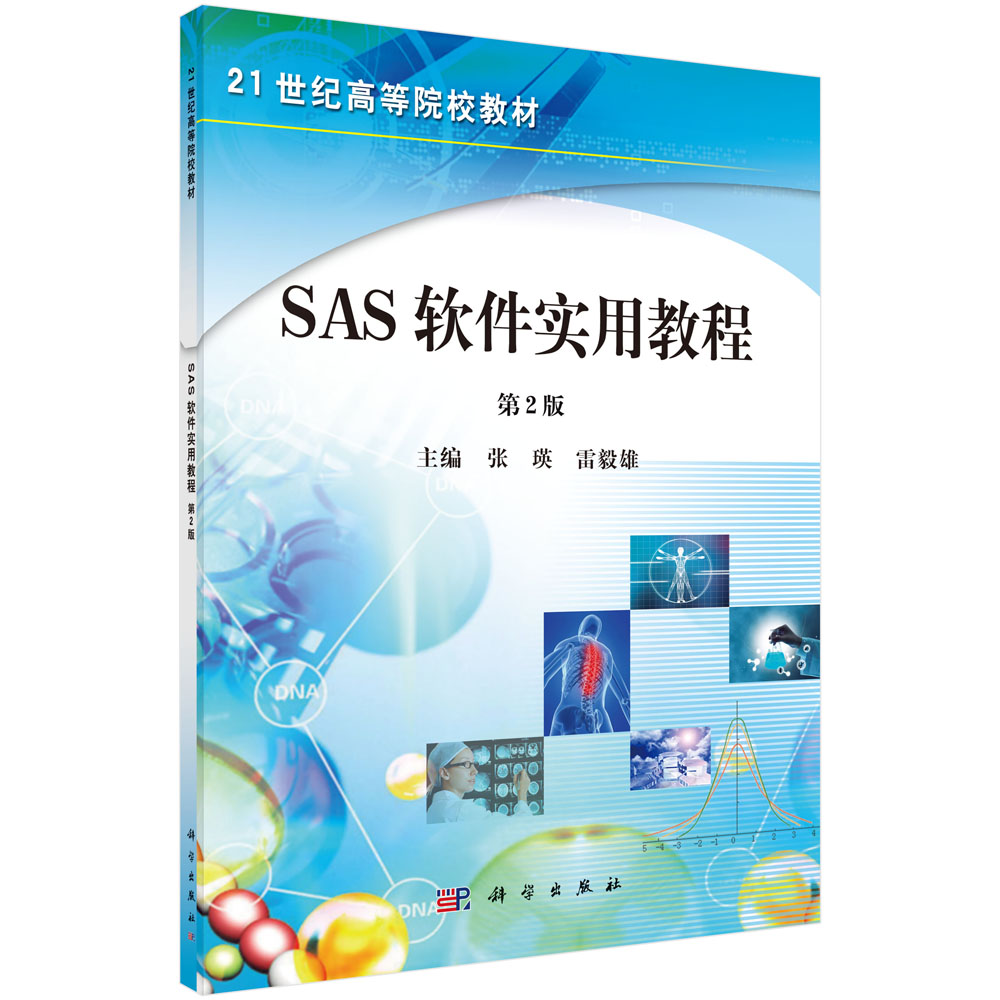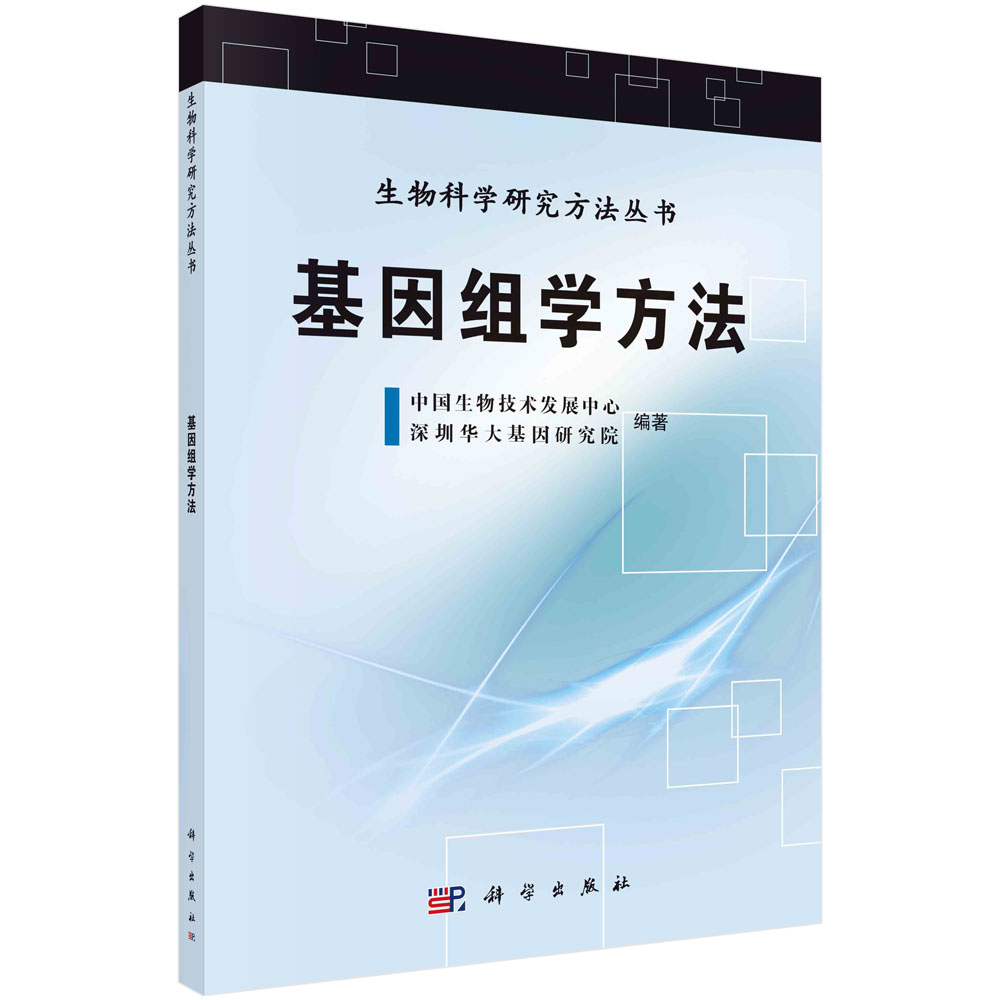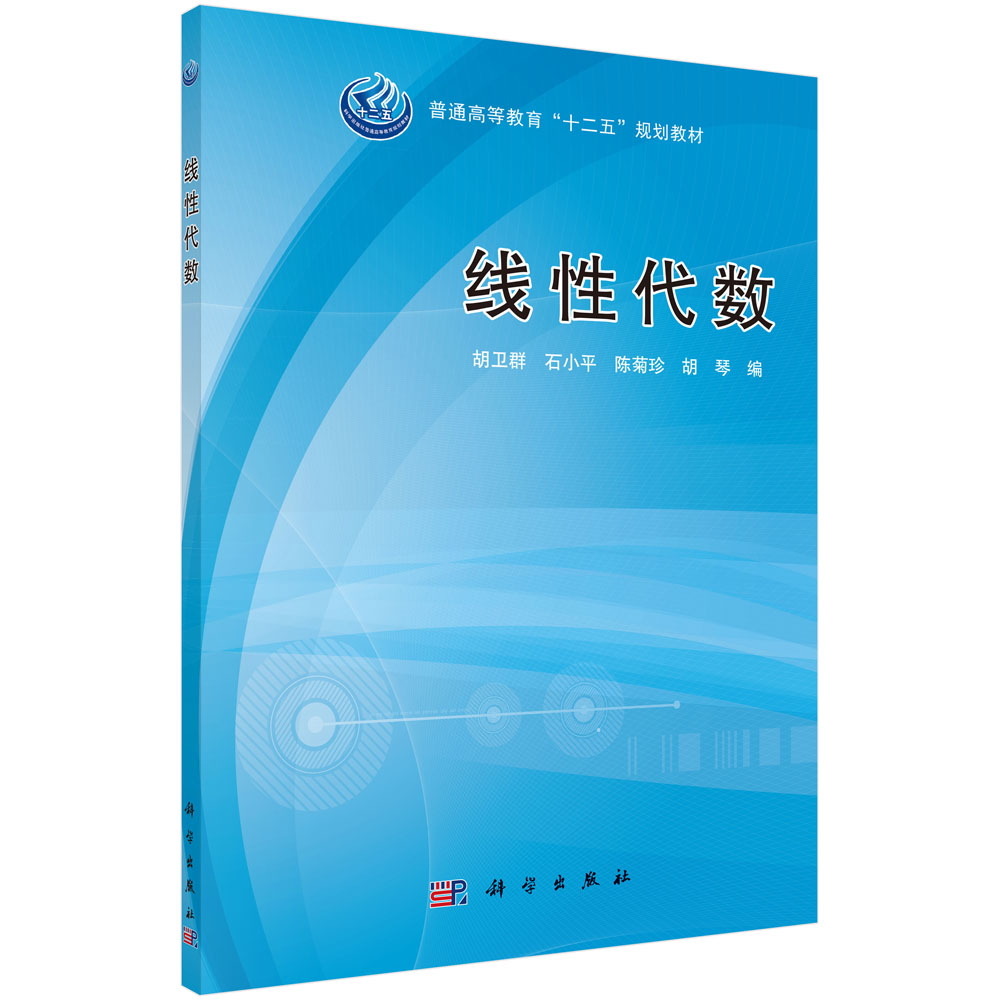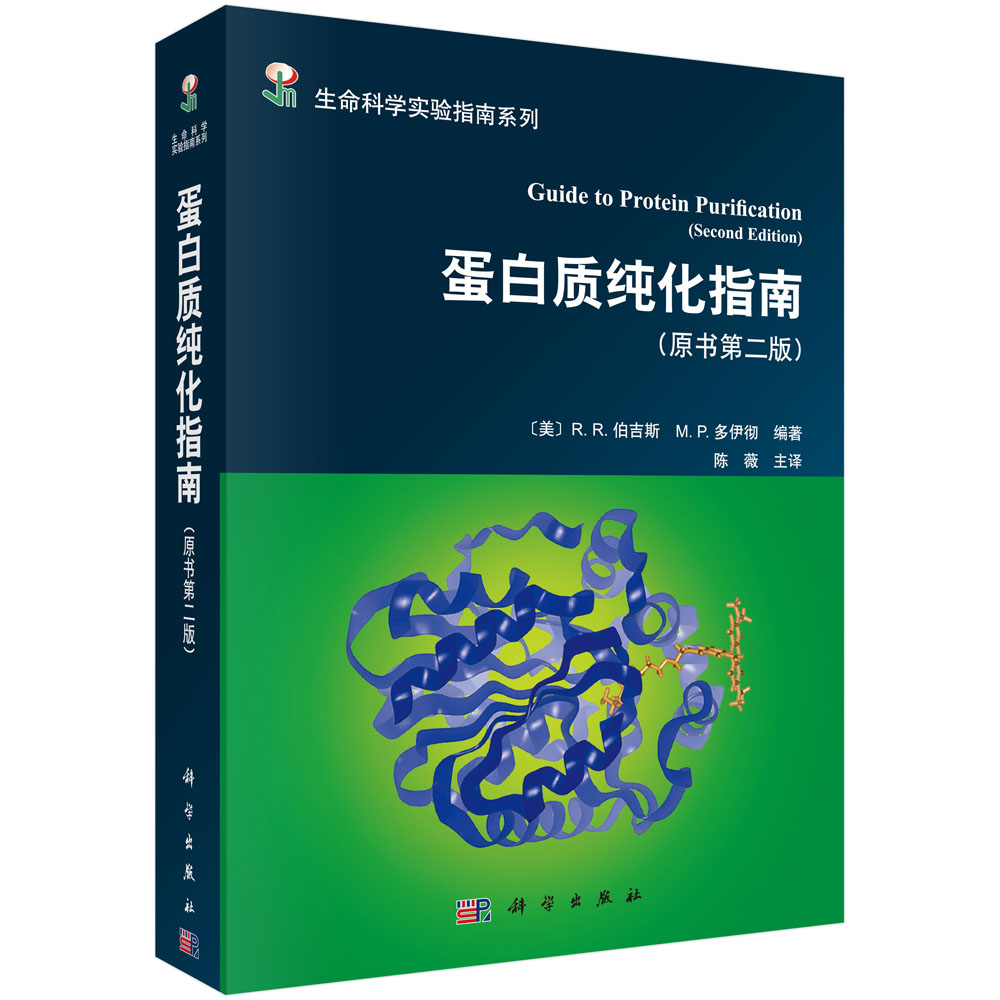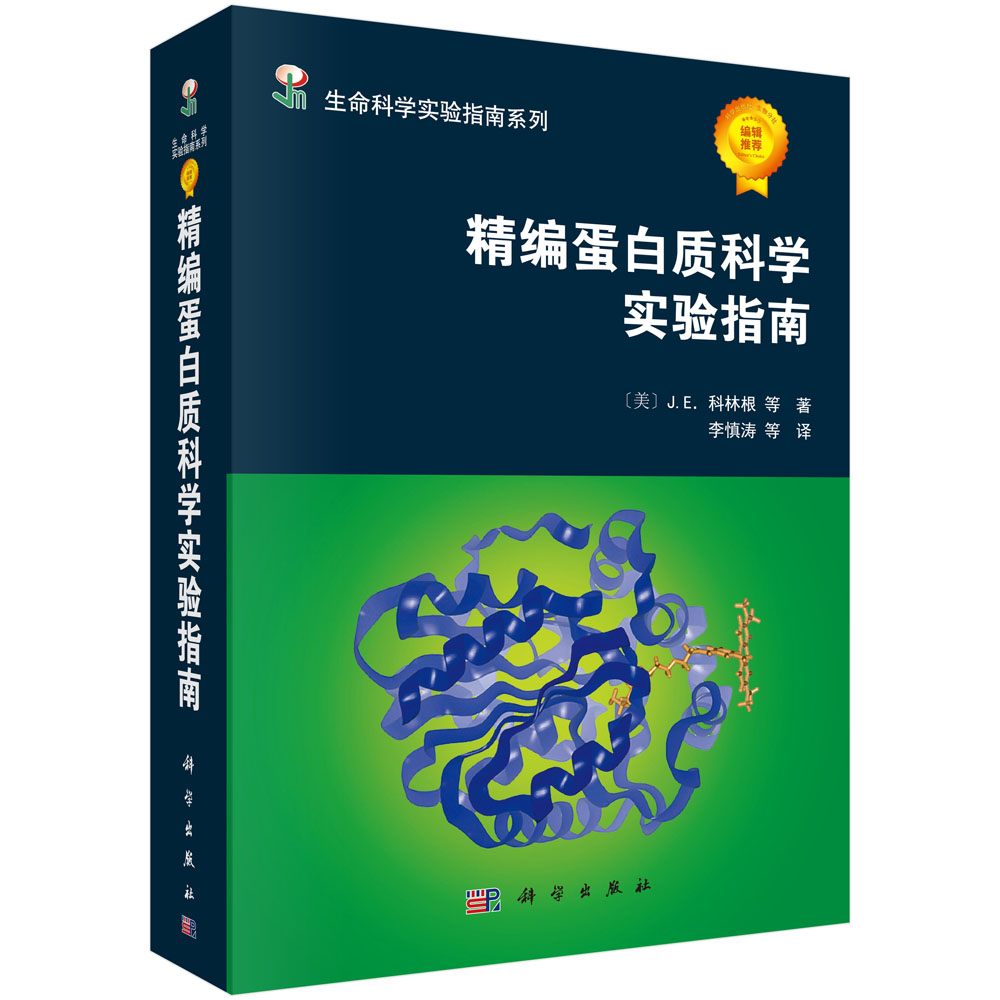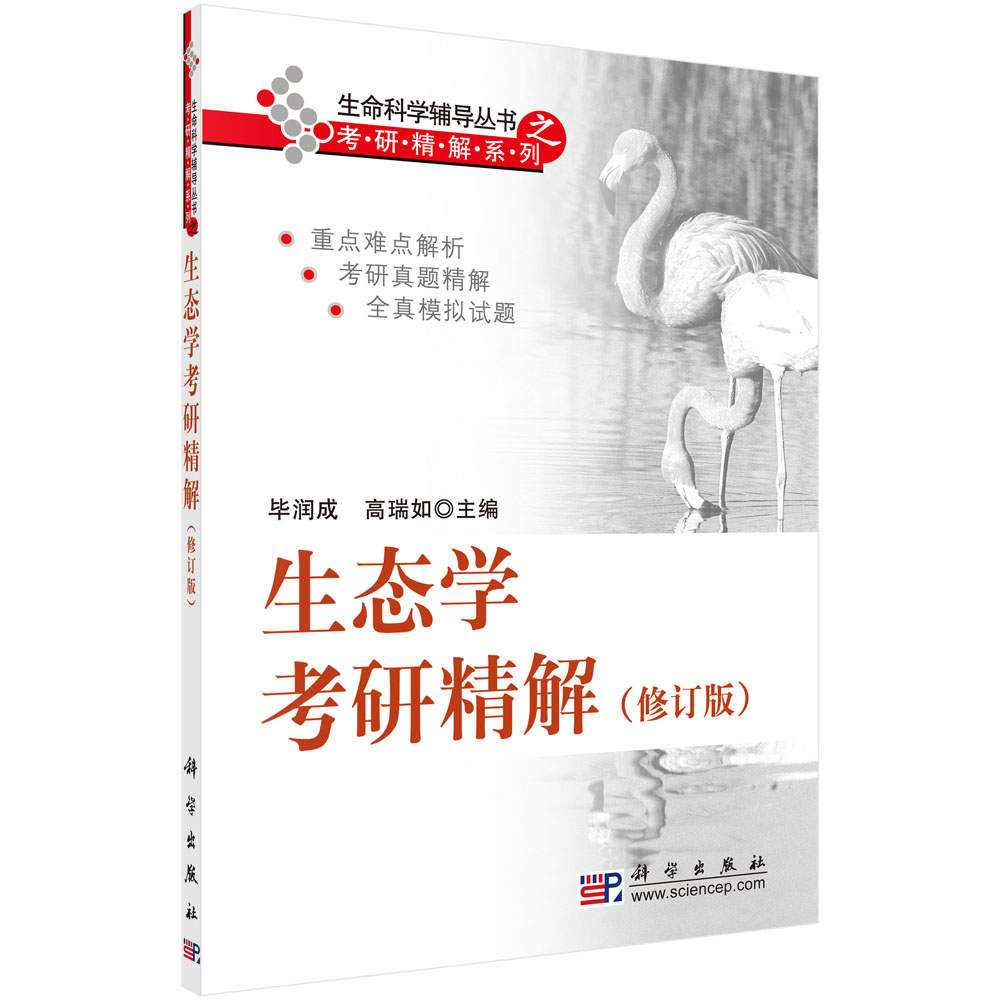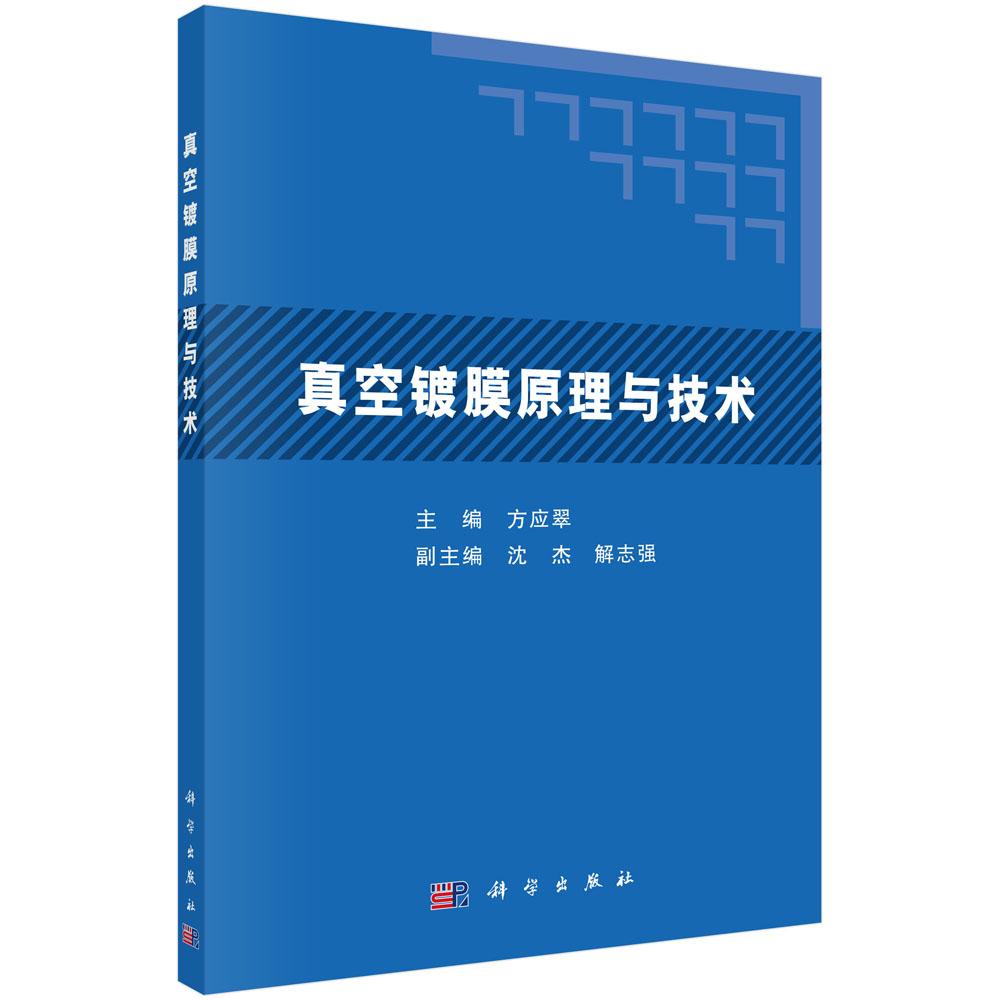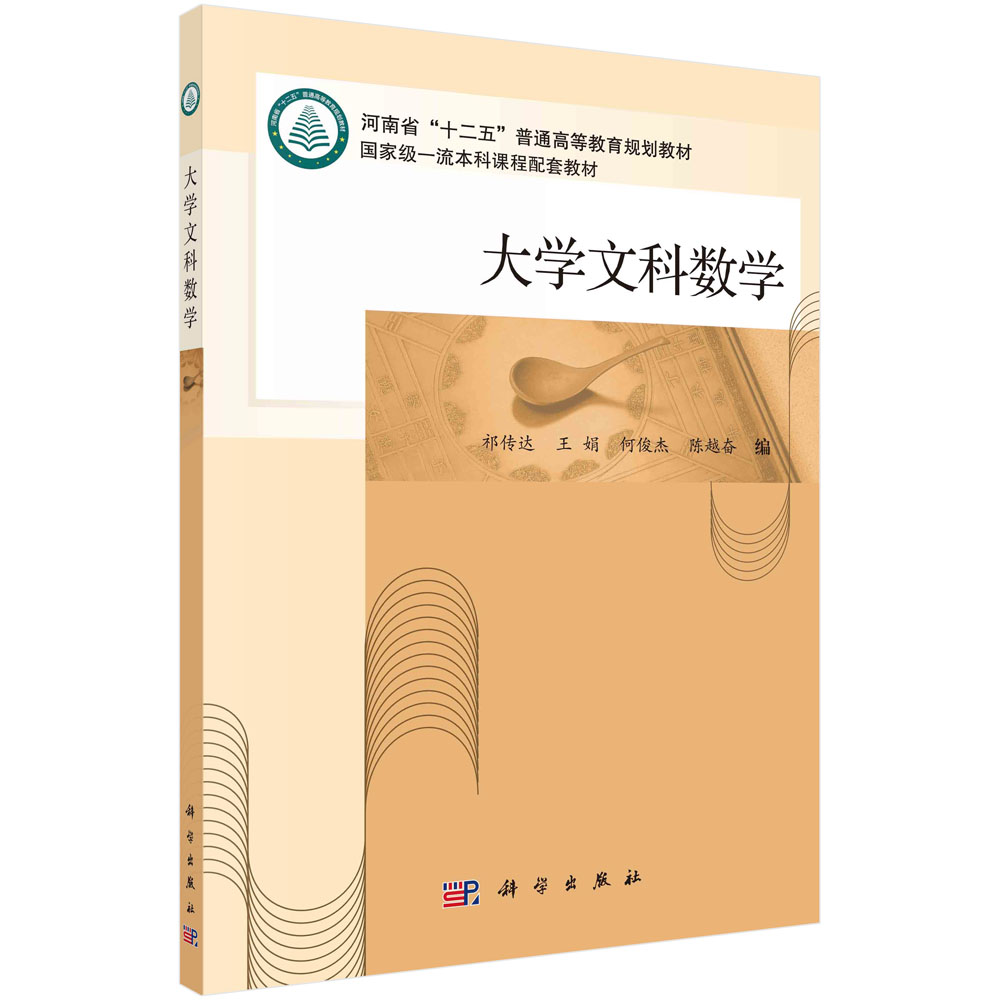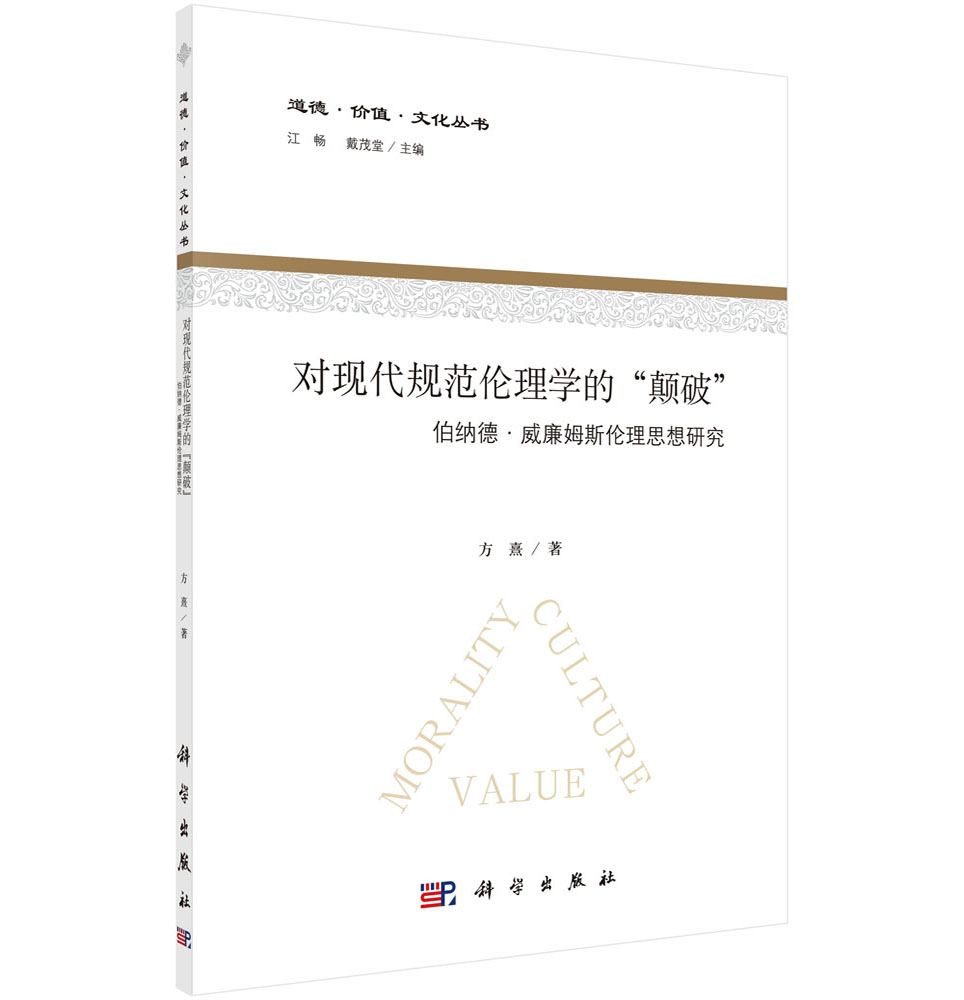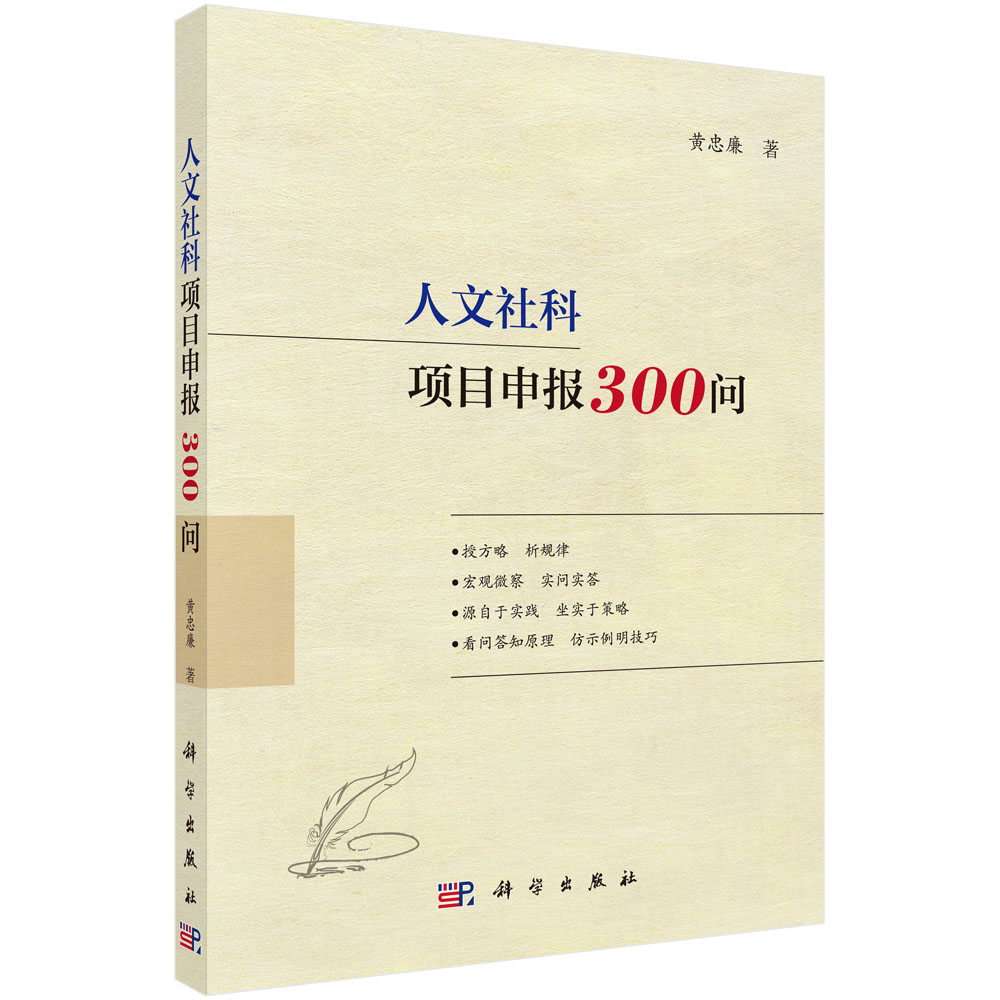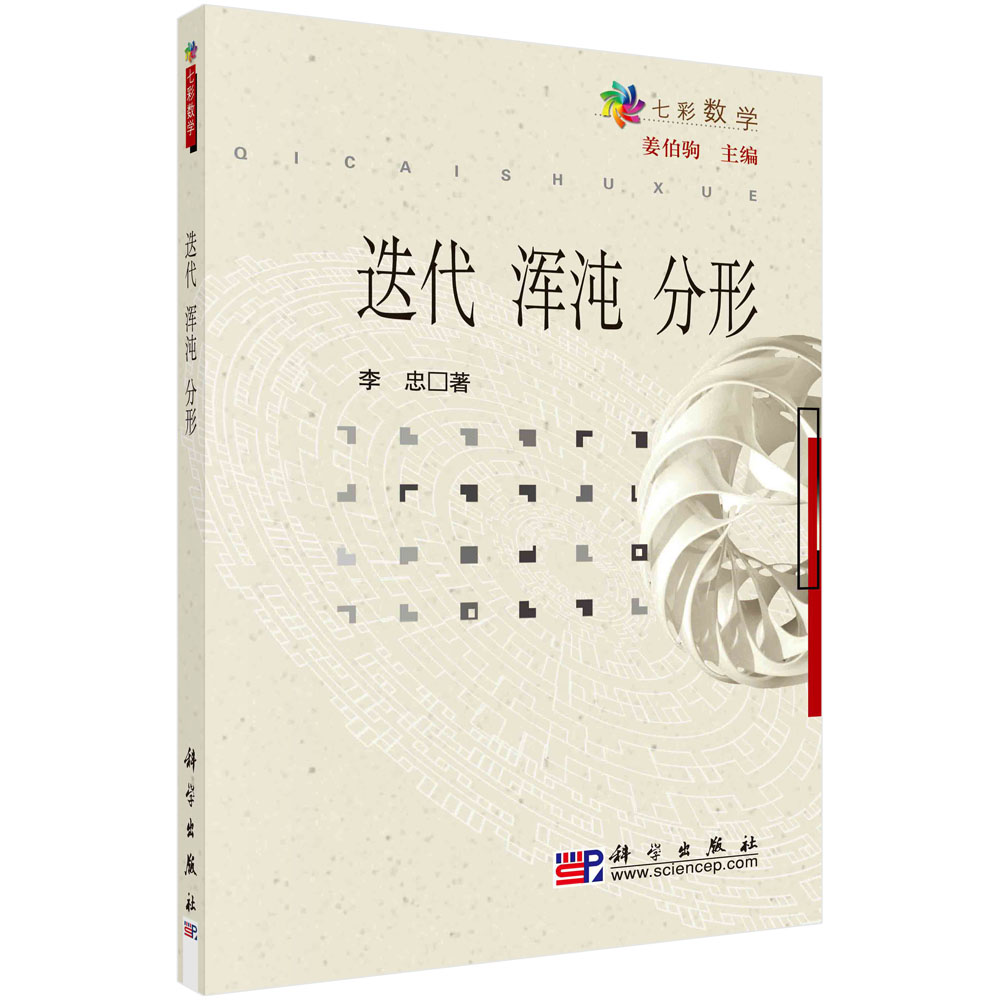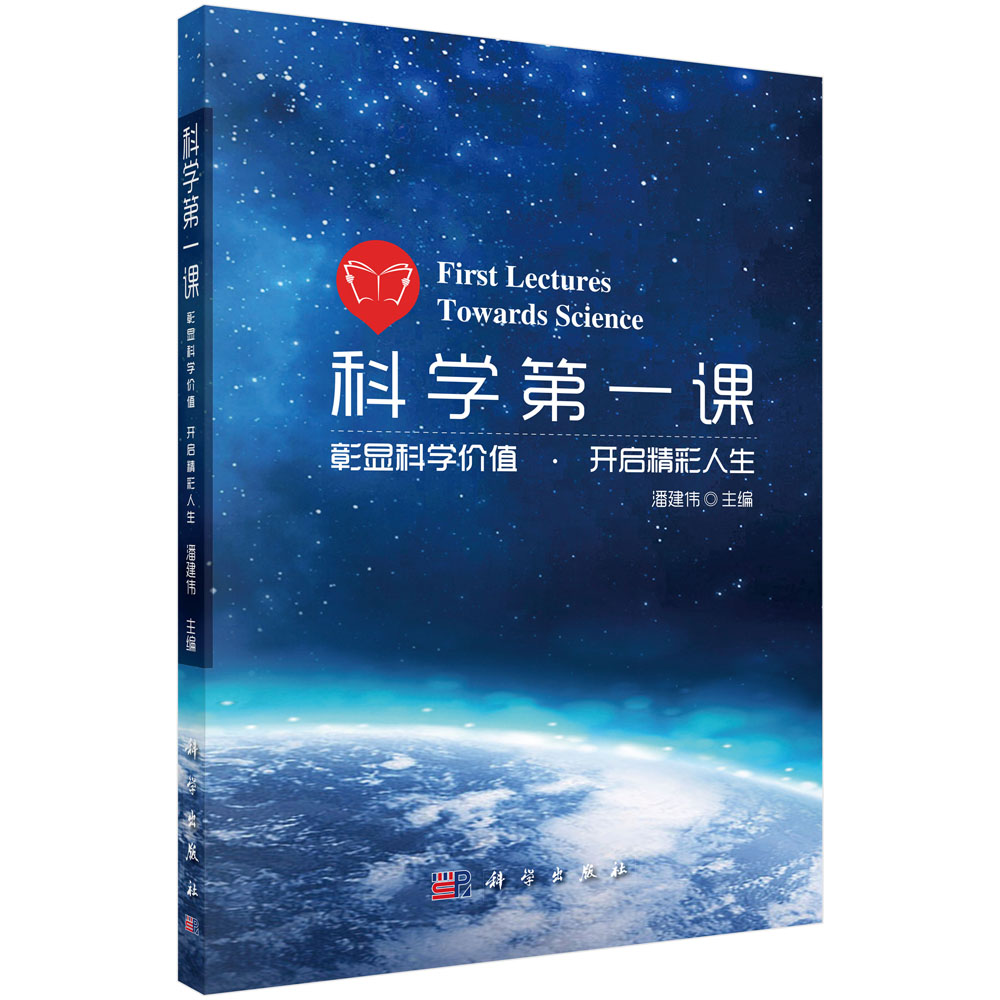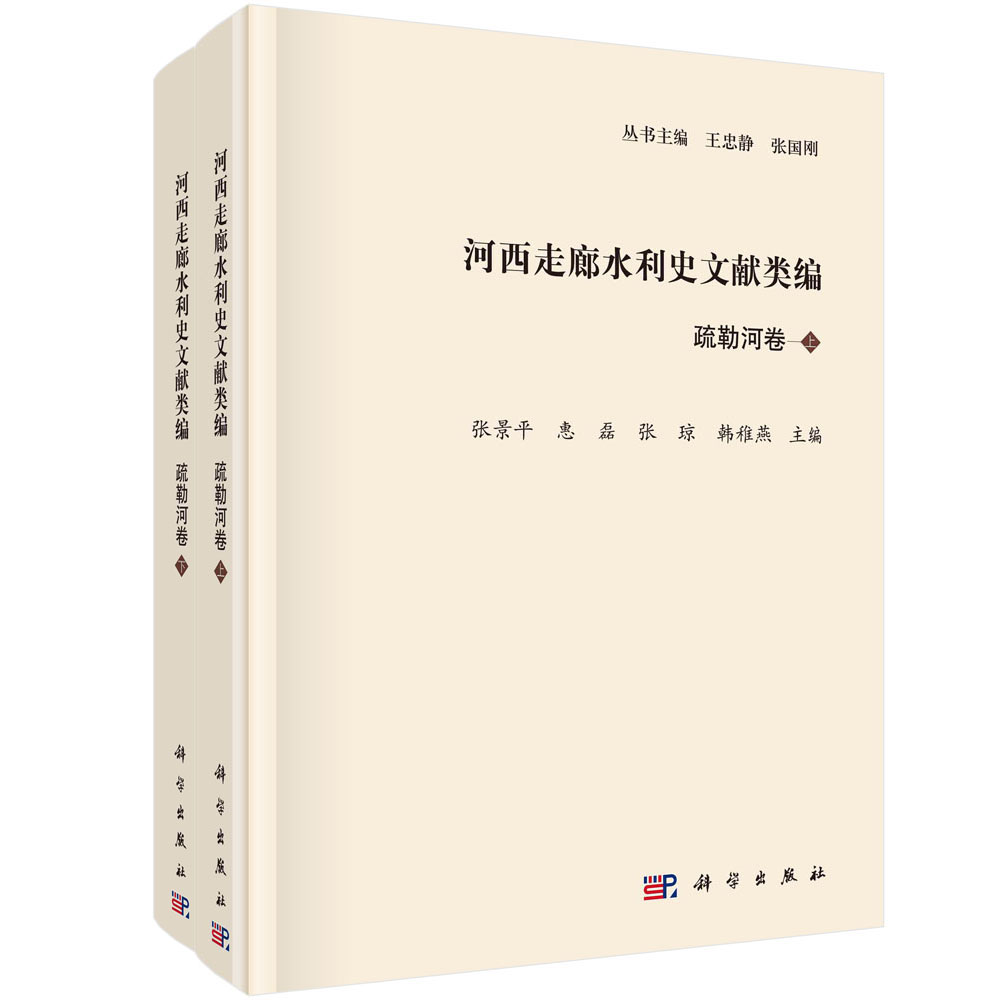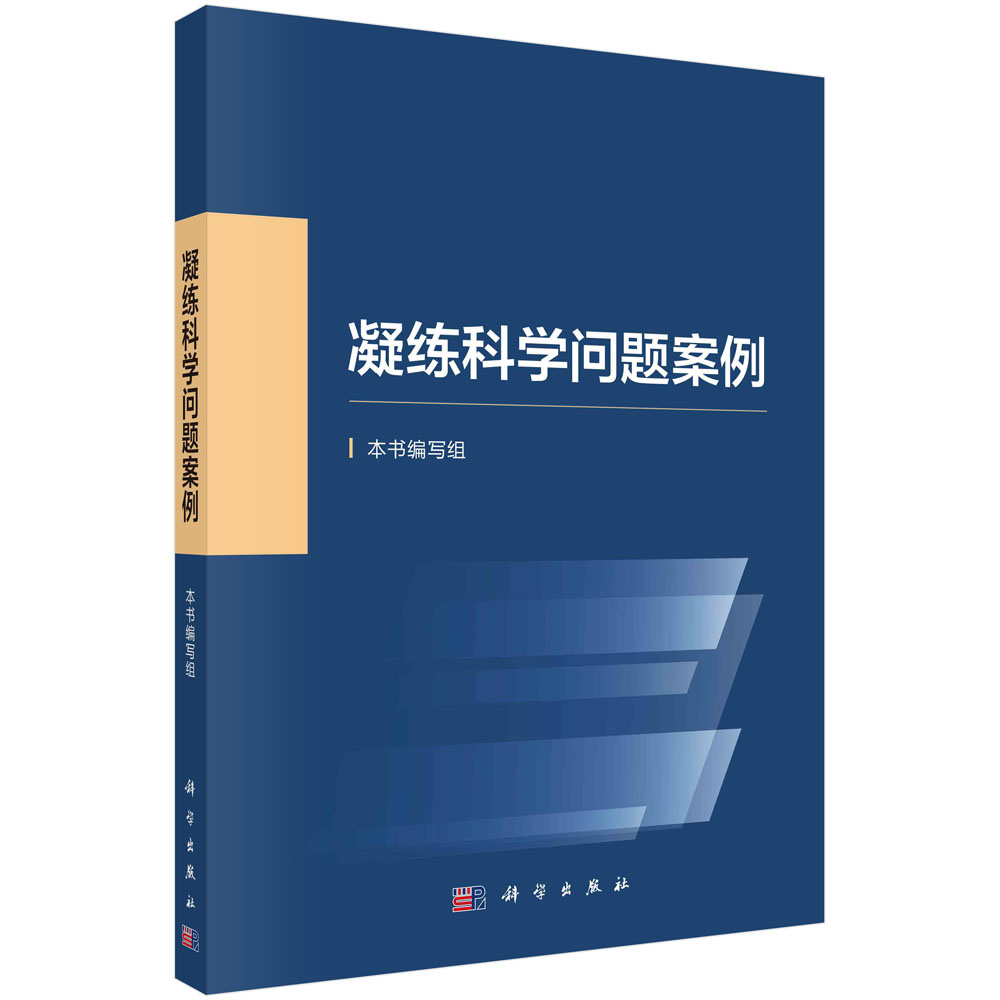本书针对傅廷栋院士主编的《杂交油菜的育种与利用》一书涉及的一些生物学基础问题,总结了近20年来的研究进展,系统阐述了该领域的相关问题。在基础部分,介绍了芸薹属物种染色体组成和基因组信息、遗传标记和SNP芯片开发与利用,以及植物花器发育;在油菜杂种优势利用的授粉系统部分,介绍了油菜细胞核雄性不育、细胞质雄性不育的生物学基础,油菜自交不亲和性的遗传和分子机制,以及油菜化学杀雄的生物学机制;在杂种优势形成基础和利用方面,对杂种优势遗传基础、表观修饰和基因的差异表达进行了多个层次的论述,介绍了利用近缘种多样性拓展甘蓝型油菜遗传差异的具体方法及材料的利用。
样章试读
目录
- 目录
第一章 芸薹属基因组研究 1
第一节 芸薹属物种的分类及在科学研究和农业中的重要性 1
第二节 油菜分子细胞学研究进展 8
第三节 油菜遗传图谱 17
第四节 油菜基因组研究和信息资源 22
第五节 油菜SNP 芯片开发及应用 33
参考文献 40
第二章 植物花器发育的生物学基础 49
第一节 植物花器官的分化 49
第二节 植物花药发育细胞学基础 67
第三节 植物花药发育基因调控 74
参考文献 94
第三章 油菜细胞核雄性不育的生物学基础 108
第一节 油菜细胞核雄性不育的类型 108
第二节 油菜细胞核雄性不育的细胞学特征 110
第三节 油菜细胞核不育相关基因的克隆与功能分析 122
第四节 利用油菜细胞核雄性不育研究的新进展 147
参考文献 151
第四章 油菜细胞质雄性不育的生物学机制 155
第一节 油菜细胞质雄性不育的遗传与特征 155
第二节 油菜细胞质类型的鉴定和主要的胞质类型 157
第三节 油菜细胞质雄性不育基因及其作用机制 166
第四节 油菜细胞质雄性不育恢复基因的遗传及定位 173
第五节 油菜细胞质雄性不育恢复基因及作用机制 179
第六节 环境对细胞质雄性不育的影响及生态型不育 185
参考文献 187
第五章 油菜自交不亲和性生物学 196
第一节 植物自交不亲和性概述 196
第二节 芸薹属自交不亲和性 198
第三节 甘蓝型油菜自交不亲和性 207
参考文献 214
第六章 油菜化学杀雄杂种利用研究 219
第一节 油菜化学杂交剂的类型 220
第二节 油菜化学杂交剂的使用方法与效果 224
第三节 油菜化学杀雄的生物学机制 228
第四节 油菜化学杀雄杂交制种技术 235
参考文献 236
第七章 作物杂种优势的遗传与分子基础 241
第一节 杂种优势基本假说 241
第二节 杂种优势遗传基础解析的试验设计 242
第三节 杂种优势形成的超显性假说的分子证据 244
第四节 杂种优势形成的显性假说的分子证据 245
第五节 杂种优势形成的上位性假说的分子证据 246
第六节 三种遗传效应和谐调控杂种优势的证据 247
第七节 自交衰退的遗传学基础 247
第八节 基于全基因组关联分析的杂种优势遗传基础 248
第九节 源库平衡关系与作物杂种优势 249
第十节 杂种优势形成的分子生物学基础 251
第十一节 杂种优势预测 255
第十二节 杂种优势基础研究的展望 259
参考文献 261
第八章 油菜种质资源创新与杂种优势利用 267
第一节 油菜种质资源创新 267
第二节 油菜的杂种优势利用 277
第三节 杂交种亲本选配方法 280
参考文献 286
Contents
Chapter 1 Brassica genome research 1
Section 1 Classification of Brassica species and their importance in scientific research and agriculture 1
Section 2 Advances in molecular cytology of Brassica napus 8
Section 3 Genetic map of Brassica napus 17
Section 4 Genomic research and information resources of Brassica napus 22
Section 5 Development and application SNP chips of Brassica napus 33
References 40
Chapter 2 The biological bases of plant flower development 49
Section 1 Differentiation of plant flower organs 49
Section 2 Cytological bases of plant anther development 67
Section 3 Gene regulation during plant anther development 74
References 94
Chapter 3 Biological bases of nuclear male sterility in Brassica napus 108
Section 1 Types of nuclear male sterility in Brassica napus 108
Section 2 Cytological features of nuclear male sterility in Brassica napus 110
Section 3 Cloning and functional analysis of nuclear sterility related genes in Brassica napus 122
Section 4 Progresses in the study of nuclear male sterility in Brassica napus 147
References 151
Chapter 4 Biological mechanisms of cytoplasmic male sterility in Brassica napus 155
Section 1 Inheritance and characteristics of cytoplasmic male sterility in Brassica napus 155
Section 2 Identification of cytoplasmic types and main cytoplasmic types in Brassica napus 157
Section 3 Cytoplasmic male sterility genes and their mechanisms in Brassica napus 166
Section 4 Inheritance and mapping of the restorer genes of cytoplasmic male sterility in Brassica napus 173
Section 5 The restorer genes of cytoplasmic male sterility and its mechanisms in Brassica napus 179
Section 6 The effect of environment on cytoplasmic male sterility and ecotype sterility 185
References 187
Chapter 5 Self-incompatibility biology of Brassica napus 196
Section 1 An overview of plant self-incompatibility 196
Section 2 Self-incompatibility in Brassica 198
Section 2 Self-incompatibility of Brassica napus 207
References 214
Chapter 6 Utilization of chemical inducted male sterility hybrids in Brassica napus 219
Section 1 Types of chemical gametocide in Brassica napus 220
Section 2 Methods and effects of rapeseed chemical gametocide 224
Section 3 Biological mechanisms of chemical inducted male sterilities in Brassica napus 228
Section 4 Chemical hybridizing breeding technologies in Brassica napus 235
References 236
Chapter 7 Genetic and molecular bases of crop heterosis 241
Section 1 Basic hypotheses of heterosis 241
Section 2 Experimental design for genetic bases analysis of heterosis 242
Section 3 Molecular evidences of the super dominant theory of heterosis 244
Section 4 Molecular evidences of the dominant theory of heterosis 245
Section 5 Molecular evidences of the epistasis theory of heterosis 246
Section 6 Evidences of three genetic effects harmoniously regulating heterosis 247
Section 7 Genetic bases for self-fertility depression 247
Section 8 Genetic bases of heterosis based on whole genome association analysis 248
Section 9 Source and sink balance relationship and crop heterosis 249
Section 10 The molecular biological bases of heterosis formation 251
Section 11 Heterosis prediction 255
Section 12 Prospects of fundamental researches on heterosis 259
References 261
Chapter 8 Germplasm resources innovation and heterosis utilization of Brassica napus 267
Section 1 Innovation of Brassica napus germplasm resources 267
Section 2 Heterosis utilization of Brassica napus 277
Section 3 Parent selection methods for hybrids 280
References 286
